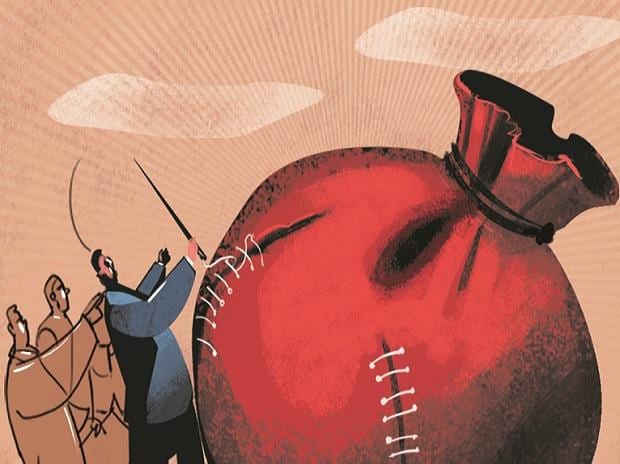India’s current account balance posted a deficit of $36.4 billion in the second quarter ended September 2022 (Q2 FY23), forming 4.4 per cent of the gross domestic product (GDP).
The current account deficit (CAD) was $18.2 billion (2.2 per cent of GDP) in the first quarter ended June 2022 (Q1 FY23) and $ 9.7 billion (1.3 per cent of GDP) a year ago (Q2 FY22), said the Reserve Bank of India (RBI) in a statement.
CAD in Q2 FY23 was mainly due to widening of merchandise trade gap to $83.5 billion from $63 billion in the preceding quarter (Q1 FY23) and an increase in net outgo of investment income.
Net outgo from the primary income account, mainly reflecting payments of investment income, increased to $12.0 billion from $9.8 billion a year ago.
Private transfer receipts, mainly representing remittances by Indians employed overseas, amounted to $27.4 billion, an increase of 29.7 per cent from their level a year ago.
As for the Balance of Payments (BoP) position in Q2 FY22, there was a depletion of $30.4 billion. This is in stark contrast to an accretion of $31.2 billion, including Special Drawing Rights (SDR) allocation of $17.86 billion by the International Monetary Fund on August 23, 2021.
For April-September 2022 (H1Fy23), CAD shot up to 3.3 per cent of GDP from 0.2 per cent of GDP in H1 FY22 due to a sharp increase in the merchandise trade deficit.
Net invisible receipts were higher in H1 FY23, on account of higher net receipts of services and private transfers.
As for BoP position in H1 FY23, there was a depletion of $ 25.8 billion, RBI said.
Note:- (Not all news on the site expresses the point of view of the site, but we transmit this news automatically and translate it through programmatic technology on the site and not from a human editor. The content is auto-generated from a syndicated feed.))




Your article helped me a lot, is there any more related content? Thanks!
Hi Dear, are you in fact visiting this site regularly, if so then you will absolutely obtain nice experience.
I don’t think the title of your article matches the content lol. Just kidding, mainly because I had some doubts after reading the article.